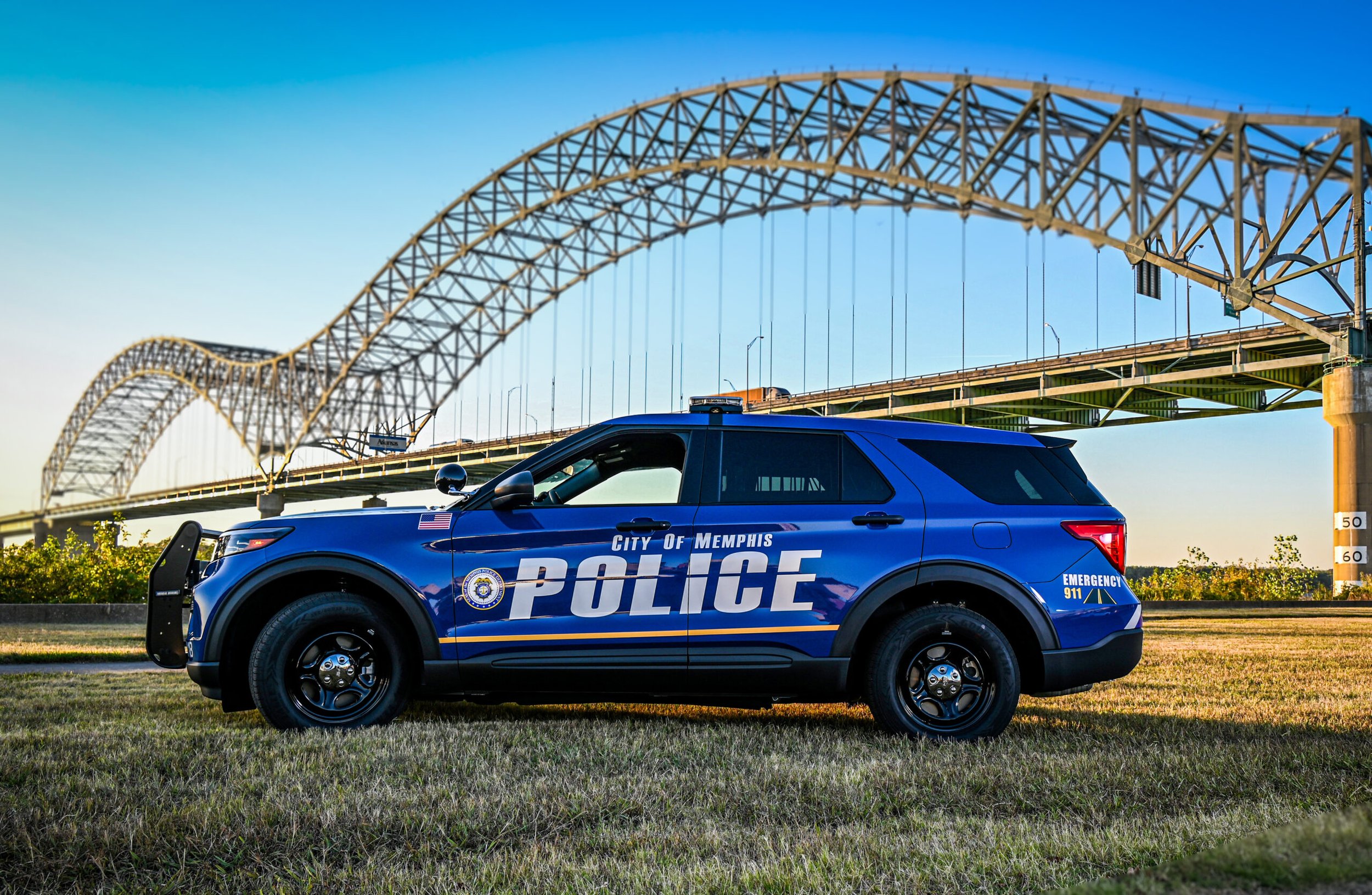MEMPHIS POLICE DEPARTMENT PRECINCT REDISTRICTING
Location: Memphis, TN
Client: City of Memphis
Project Value:
PROJECT DESCRIPTION
Allworld Project Management in cooperation with the City of Memphis Police Department addressed the problem of Appling Farms precinct having a much larger calls for service volume and slower response times than other precincts. AWPM worked with MPD and examined and adjusted the police precincts of Tillman, Appling Farms, Airways, and Mt. Moriah in order to more equally distribute calls and response times. Due to the geometry changes to the boundaries of these precincts it was also necessary to re-examine and adjust the six wards that made up each precinct. After consultation with MPD, Allworld Project Management used three main criteria to adjust the precincts & wards.
Reducing the variation in Calls for Service in each precinct & ward to make them more equitable.
Reduce the response time, from dispatch to arrival, in each precinct & ward and balance the response time with the overall count of Calls for Service for each ward.
Design the precinct & ward in a compact fashion to account for geometry constraints such as rivers, railroads, drainage systems, and major roads to ensure there are no bottlenecks which would reduce response time.
Adjusting the police precincts & wards within the changed Memphis Police Precincts was completed by Allworld Project Management’s GIS Engineer Edward Hankins, with the goals of balancing calls for service, reducing response times, and aligning boundaries with natural features. These three criteria are critical to improving the overall efficiency of law enforcement and enhancing community safety.
First, reducing the variation in calls for service between precincts & wards is essential for distributing police workload more evenly. When calls are disproportionately concentrated in certain areas, it can overburden the police units assigned to those wards, leading to delayed responses, increased officer fatigue, and potentially diminished service quality. By redistributing the calls more equitably, each precinct & ward can be allocated the necessary resources to maintain public safety, while also allowing officers to be more proactive in crime prevention.
Second, reducing response times from dispatch to arrival is vital for effective law enforcement. Fast response times are linked to better outcomes in emergency situations, whether for crimes in progress, medical emergencies, or other urgent calls for service. By reshaping the police precincts & wards in a way that minimizes the distance between officers and incidents, law enforcement can respond more quickly, potentially preventing crime escalation and ensuring that community members receive the help they need as swiftly as possible. Faster response times build trust between the community and the police, as citizens can see a direct improvement in public safety.
Finally, constraining the boundaries of police precincts & wards to natural features such as rivers, railroads, and major highways provides a clear and intuitive understanding of the geographic limits of each ward, both for law enforcement and the public. This reduces the bottleneck effect where part of a ward exists on the other side of a barrier which reduces the arrival time when responding to a call. Additionally, these physical boundaries are often long-lasting and unchanging, which helps maintain consistency in ward definitions over time. Natural barriers also serve as effective dividers that align with how people move and interact within the city, helping to reduce confusion and overlap in jurisdiction. This alignment can improve the efficiency of patrol routes and ensure that officers are assigned to clearly defined areas, leading to better coordination and coverage within the city.
Together, these adjustments are essential for creating a more balanced, responsive, and efficient police force. They ensure that resources are deployed where they are most needed, help improve response times and provide a clear geographic framework for law enforcement operations. The result is a city that is safer and better served by its police forces.


